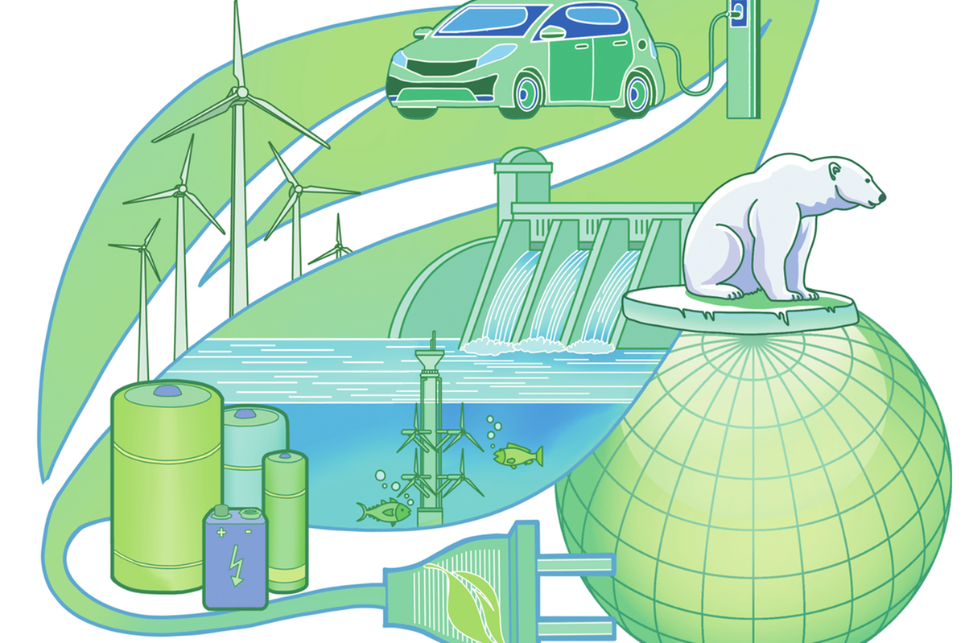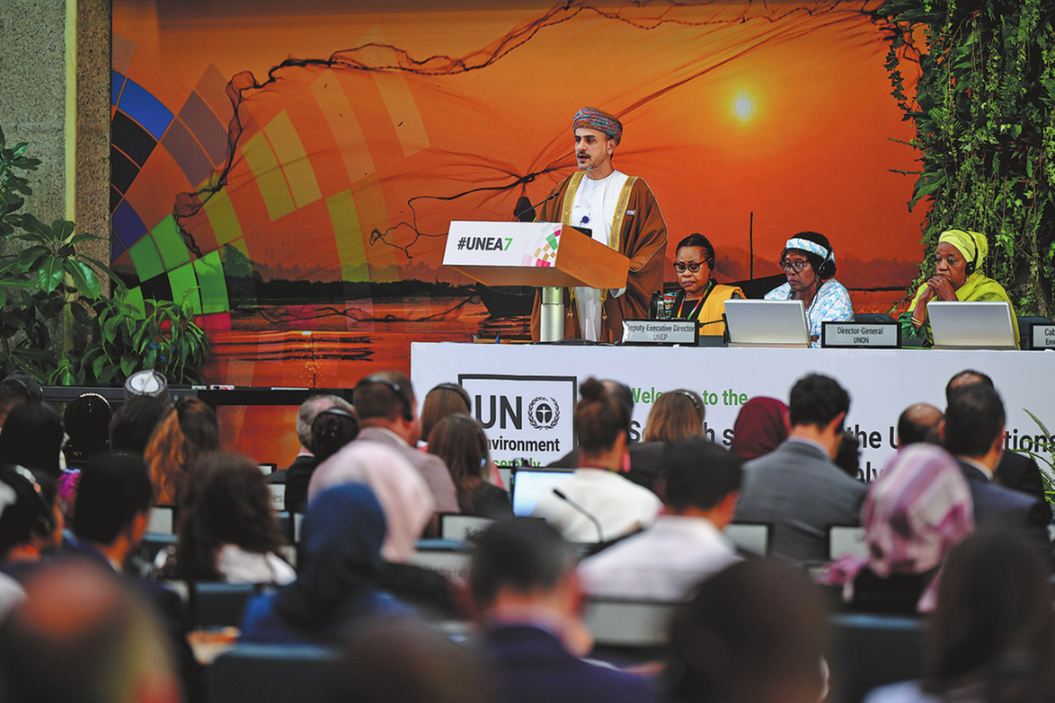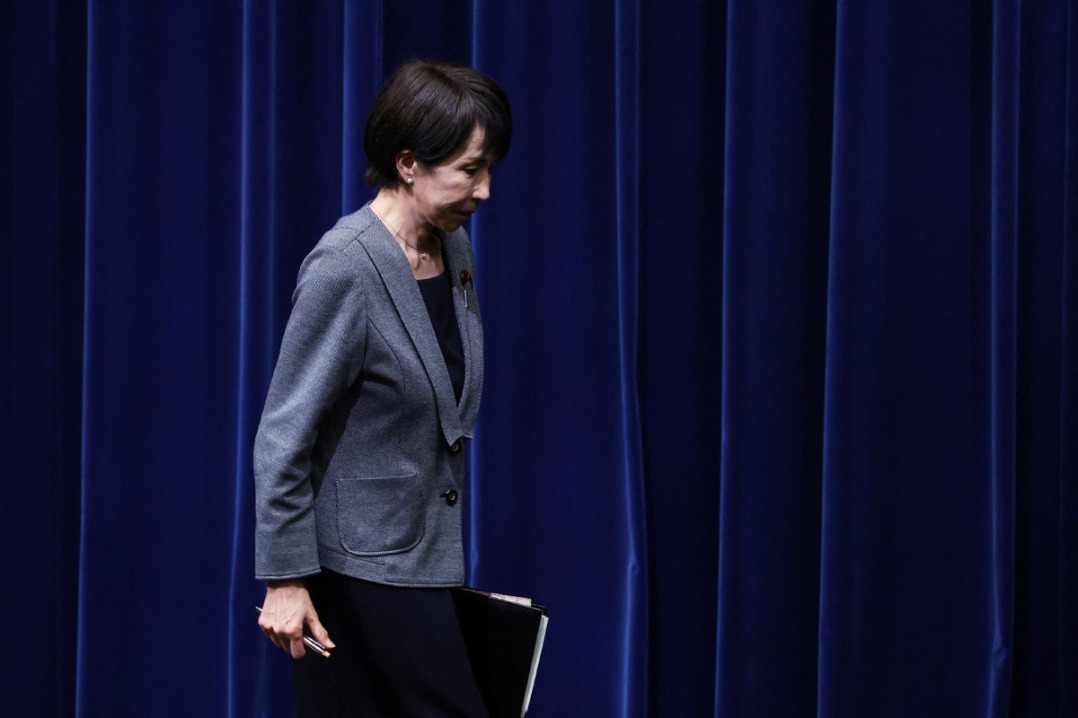Cleaner, greener growth


The green Belt and Road Initiative is a test case for how we can meld economic development with environmental sustainability
Celebrating its 10-year milestone, China's Belt and Road Initiative crossed a significant threshold in 2023. As of this year, the initiative has shown significant advancements in championing green development.
A recent study from the Green Finance & Development Center at FISF Fudan University points out that over the past six months, the Belt and Road Initiative has made the most environmentally conscious decisions since its beginning in 2013. There's been a notable shift toward sustainable projects, including investments in hydroelectric projects, solar parks, and wind farms. One country benefiting from China's green energy shift is Zimbabwe: After a coal-fired power plant there was canceled in 2021, Zimbabwe saw strong engagement in green energy through an agreement on a 1 gigawatt floating solar station. This year could become the greenest year on record for the Belt and Road Initiative.
Finance and investments under the Belt and Road Initiative showed a significant uptick in the first half of 2023.There's also a marked increase in strategic investments, signaling a shift from mere construction contracts.
One growth area of strategic importance is metals and mining, where Chinese investment has risen dramatically. The minerals and metals, such as lithium, are of particular relevance to the green transition, powering the next generation of batteries for electric vehicles and renewable energy storage. Examples include Hainan Mining's acquisition of Kodal Minerals, which is part of a lithium mine in Mali; a copper processing plant agreement in Saudi Arabia; and the commissioning of a lithium processing plant in Zimbabwe.
However, the shift toward greening the Belt and Road Initiative is not just altruistic. It is part of China's wider efforts to position itself as a global leader in combating climate change and promoting sustainable development. This shift also aligns with the global trend toward "decarbonizing" economies and the pursuit of the United Nations Sustainable Development Goals.
Implementing green development across such a diverse array of countries and projects is a complex task. This is particularly true for mining and mineral processing that often come with negative environmental and social consequences. Having international robust environmental standards, strong regulatory mechanisms governing overseas investments, and careful consideration of social impacts can unleash positive impacts of this green transformation.
With the scale of the Belt and Road Initiative's engagement with over 140 countries, these green energy and development efforts could have significant ripple effects, driving cleaner energy sources, fostering innovation in green technologies, and contributing to global efforts to combat climate change if implemented in a truly win-win-win situation for people, planet and profits.
The success of this green transformation thus relies on transparency, cooperation and the involvement of local communities. The engagement of international partners, from governments to NGOs and private sector entities, can contribute to knowledge sharing, ensure higher standards of environmental protection, and foster broader commitment to the green agenda.
In conclusion, the green shift in China's Belt and Road Initiative can signify a new direction in global development, one that places environmental sustainability at its heart. It presents opportunities for cleaner, greener growth, but also highlights the need for international cooperation and stringent environmental governance. As we move further into the 21st century, the green Belt and Road Initiative could serve as a test case for how we can meld economic development with environmental sustainability on a truly global scale.
The author is an associate professor of practice in economics and the director of the Green Finance & Development Center at the Fanhai International School of Finance at Fudan University. The author contributed this article to China Watch, a think tank powered by China Daily. The views do not necessarily reflect those of China Daily.
Contact the editor at editor@chinawatch.cn.

































